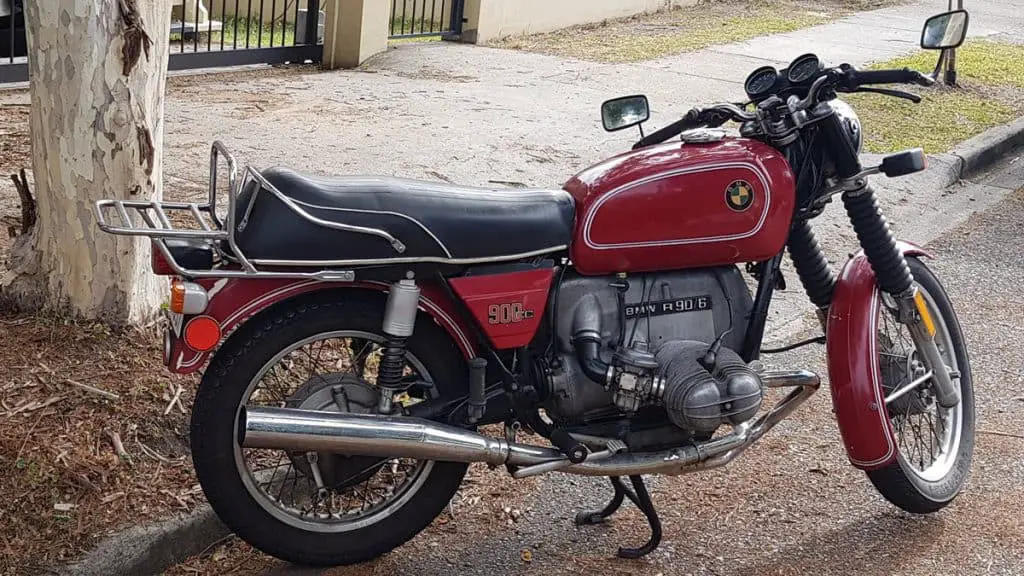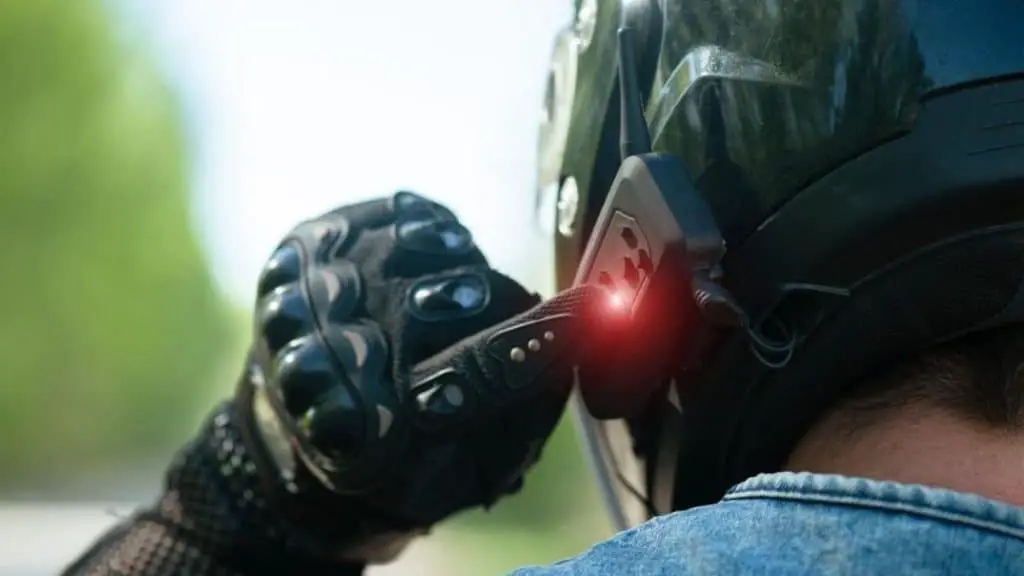What Questions are on a Motorcycle Permit Test?
Before you go into your local licensing body and get your two wheels legally on the road, it is a good idea to know and understand what questions are on a motorcycle permit test.
Given the differences in specific laws and regulations concerning motorcycles from state to state and country to country, these questions are best left for another time. Instead, we will use this time to examine the motorcycle safety questions that are sure to be on every test.
Understanding the basics of motorcycle safety – from what lane position to ride in, to the most effective way to stop in the rain – is essential knowledge for every rider.
These general questions are sure to be on a motorcycle permit test, whether you are in Wales or Washington D.C., and if you want to pass, you have to know the answers.
Format
Like the test you took to get your driver’s license, the motorcycle permit test will be multiple choice. Also, similarly to the driver’s license test, you must complete every question. Even if you’re unsure of the correct answer, think it through and use common sense; you still have a 1 in 4 chance of being correct.

Motorcycle Basics
To be safe and have fun on your motorcycle, you must understand how it functions.
There will likely be at least one or two questions on your permit test that will relate to the basic knowledge of your machine. These questions won’t be difficult for anyone with the smallest experience on a bike, but they will ask them anyway.
An example may look like this.
The right foot pedal controls:
A. …the clutch.
B. …the rear brake.
C. …the throttle.
D. …the gear selector.
Again, these shouldn’t stump anyone that has ridden a motorcycle, but for newcomers, make sure you spend some time getting to know your machine before you take the test.
Safety First
There will be several questions on your motorcycle permit test regarding the correct way to respond to dangerous situations on your bike. If you already have experience riding a motorcycle these will be fairly easy, as you have probably encountered these situations and felt the real-world consequences of making the wrong move.
If you are new to motorcycles, you will need to read up a bit to ensure you know the proper course of action in these situations.
One question (or some variation of it) that will almost certainly be on your test will go something like this.
If your motorcycle begins to wobble, do NOT :
A. …grip the handlebars firmly.
B. …leave the road quickly.
C. …roll off the throttle.
D. …accelerate out of the wobble.
If you have ever experienced the fear caused by speed-wobbles, then you already know the answer is to firmly grip the handlebars while you ease off the throttle until the wobble subsides. Accelerating, hitting the brakes, or attempting to correct the wobble can send you sliding across the asphalt.

Another safety question that you are likely to see may have to do with how to control your bike in a curve.
To quickly and safely stop in a curve, you should:
A. …increase your speed through the curve.
B. …grab your front brake.
C. …position your motorcycle as perpendicular to the road as possible.
This one is a bit tricky. You are supposed to accelerate through a curve, but the question is how to stop in a curve. Any experienced rider will attest, you have to get your bike as upright as possible to avoid pushing your wheels out from under you when stopping in a curve. The answer is C.
Other Drivers
There will also undoubtedly be questions concerning other drivers and the risks they can pose to smaller, less visible motorcycle riders. If you have only ever driven cars, it is imperative that you understand the added risk of riding a motorcycle and how to mitigate the danger of cars and their drivers.
An example question could look something like this.
What are the risks of passing a line of parked cars too closely?
A. A car might pull out in front of you.
B. A pedestrian may step into the street.
C. A door may be opened in your path.
D. All of the above.
While this may seem like common sense, motorcyclists are injured every year in just these types of situations.
You must also understand how easy it is for other drivers not to see you, even when you are riding in the center lane of an empty highway. Staying as visible as possible is essential and there are sure to be questions regarding rider visibility on your motorcycle permit test.
Another question that is intended to enforce this importance of rider visibility may look like this.
You should ride with your headlight on…
A. …at night.
B. …in the rain.
C. …in the day time.
D. …at all times.
While it may not be required by law, studies have shown that riding a motorcycle with the headlight on significantly increases rider visibility and can reduce the number of traffic collisions. Day or night.

These are just a few examples of the subject matter and type of questions that will be on your motorcycle permit test. Make sure you study the traffic laws in your specific region and ride safe!
Frequently Asked Questions
How many times can I take the motorcycle permit test?
The number of times that you are allowed to take a motorcycle permit test in a given time period may vary from state to state and country to country. However, in most places around the world, you are allowed to take the motorcycle permit test 3 times within 12 months of applying. This is also usually the case for the driving portion of the test.
Is there a way to practice for my motorcycle permit test?
Yes! There are a number of resources that allow potential applicants to test their knowledge of laws and safety regarding motorcycles. For those residing in the United States, the DMV has practice tests for each different state.





